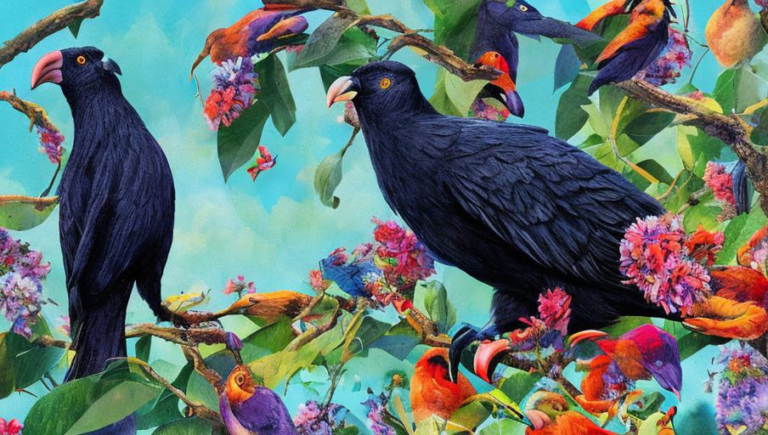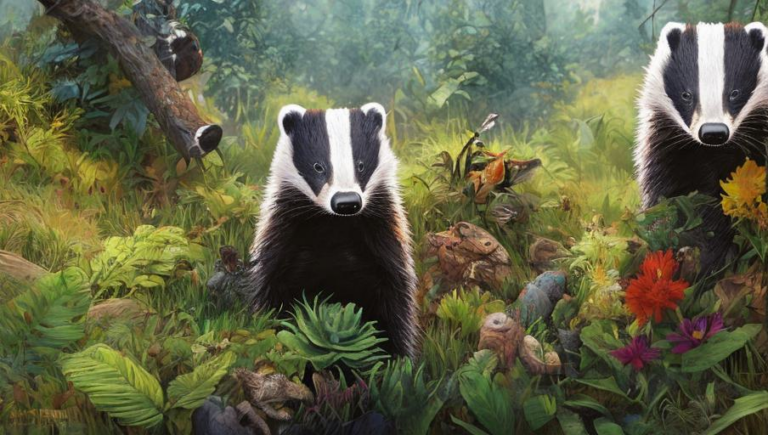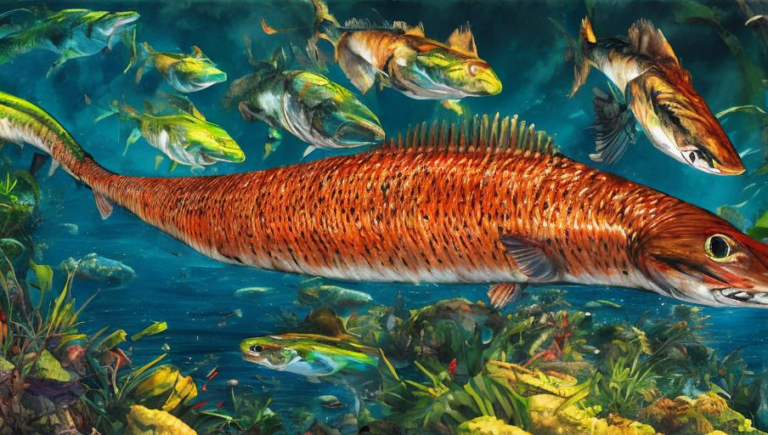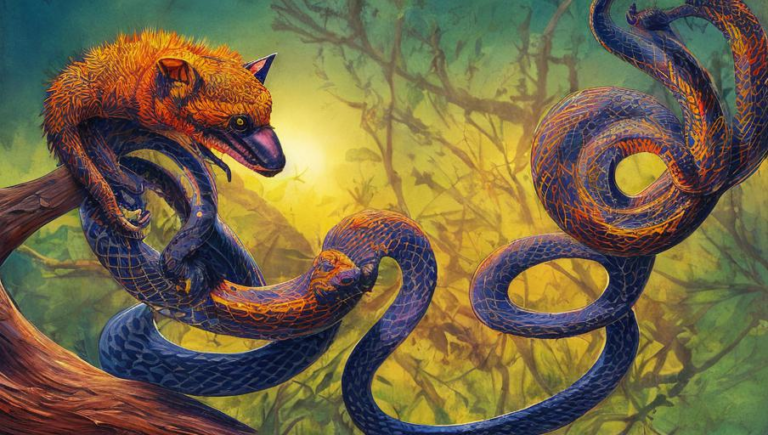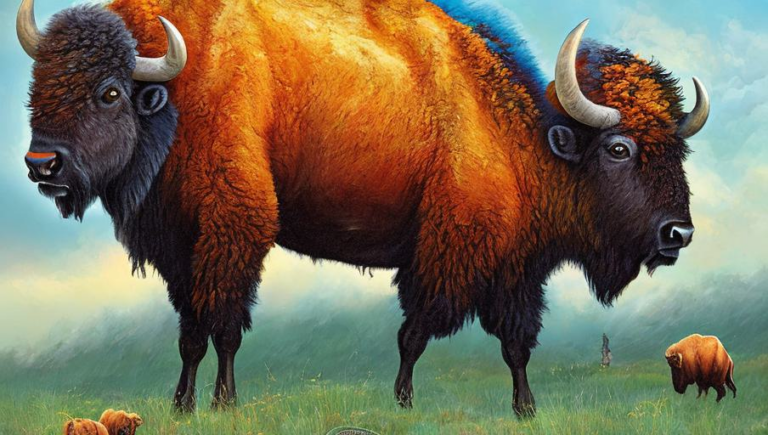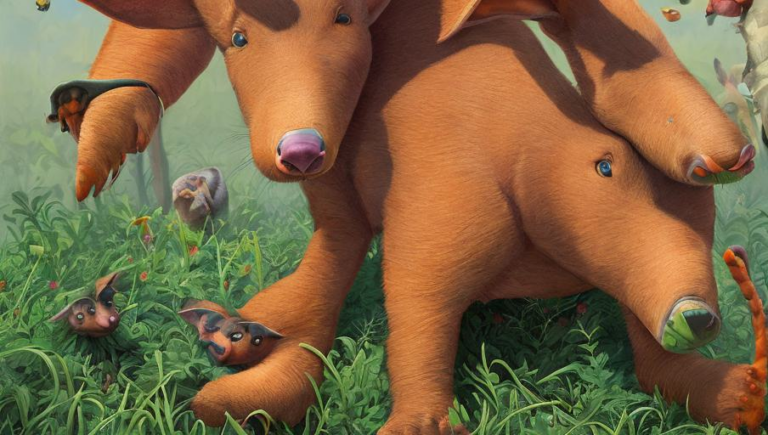Opening Eyes to the Facts: An Educational Guide to the Cheetah
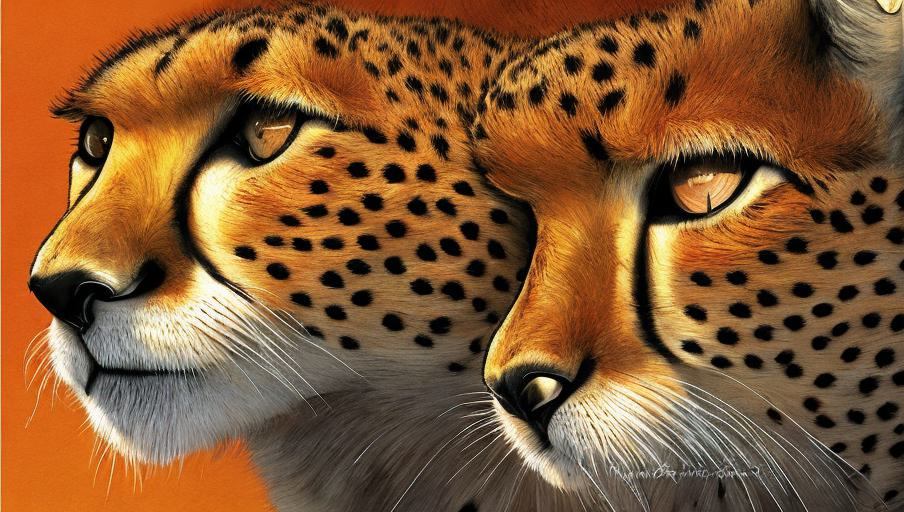
Introduction to the Cheetah
The cheetah is a large, slender cat species that is native to Africa and parts of the Middle East. It is the fastest land animal, capable of reaching speeds of up to 75 mph. The cheetah is also the largest of the small cats, weighing between 75-140 pounds. Its coat is golden yellow or tan with black spots and a white underside. The cheetah is an endangered species, with fewer than 7,500 individuals remaining in the wild.
Conservation Efforts
The cheetah has been classified as an endangered species due to the loss of its habitat and prey, as well as human activities such as hunting and poaching. Several conservation efforts have been implemented in order to protect the cheetah, including habitat protection and the reintroduction of cheetahs into the wild. Additionally, organizations such as the Cheetah Conservation Fund have been established to raise awareness of the importance of cheetah conservation.
Habitat & Diet
Cheetahs inhabit open grasslands, savannas, and semi-desert habitats. They are solitary animals that prefer to hunt alone. They are carnivorous and primarily feed on small antelopes and gazelles. Cheetahs are also known to eat hares, ground birds, and sometimes carrion.
Social Interactions
Cheetahs live in small family units comprised of a mother, her cubs, and occasionally a brother or sister of the same litter. These family units are territorial, and will establish large territories in order to protect their space. Cheetahs are also social animals, and can be seen interacting with each other in the wild. They will often purr, chirp, and meow to communicate with each other.
Threats to the Cheetah
The cheetah is threatened by habitat loss, prey loss, and human activities. Due to the loss of its habitat, the cheetah has been pushed into areas where it competes with other predators, such as lions and hyenas. Additionally, humans are responsible for hunting and poaching cheetahs, as well as trapping them for trade. As a result, the cheetah population has declined drastically.
Conclusion
The cheetah is an important species with a unique place in the world. It is the fastest land animal and has captivated us for centuries. Unfortunately, the cheetah is an endangered species due to habitat loss, prey loss, and human activities. Conservation efforts are necessary in order to protect the cheetah and its habitat. By educating ourselves and others on the importance of cheetah conservation, we can help ensure that this species will remain an important part of our world for years to come.
